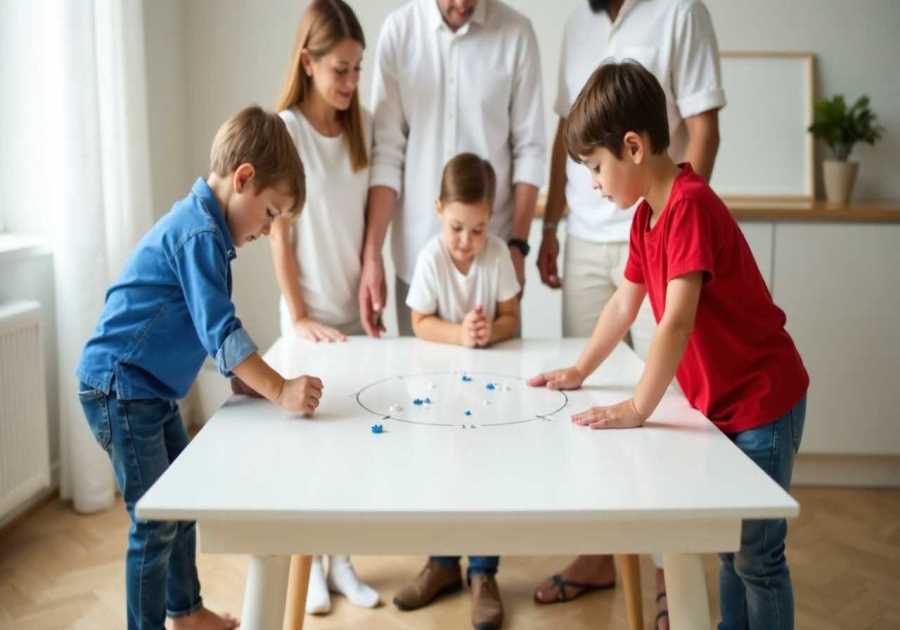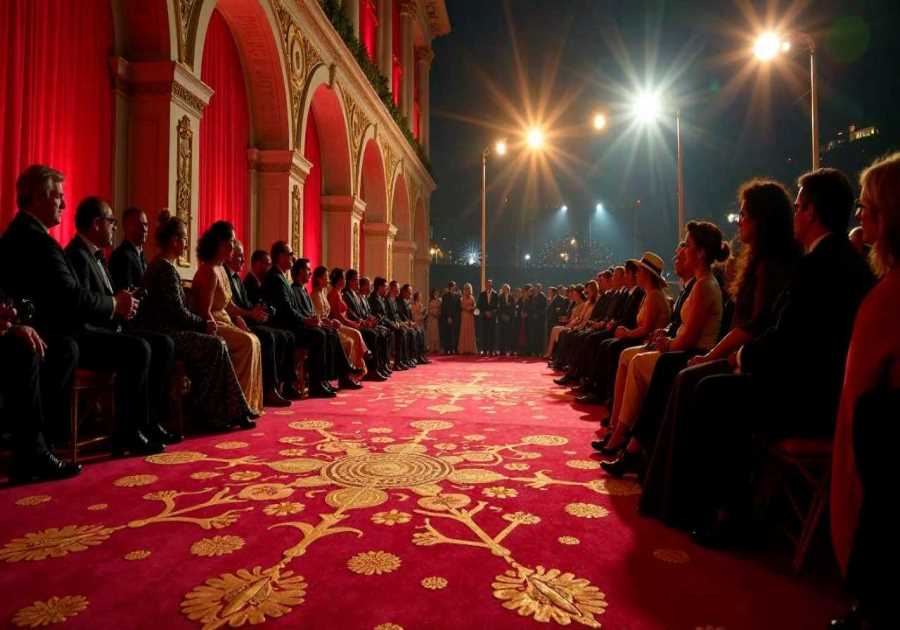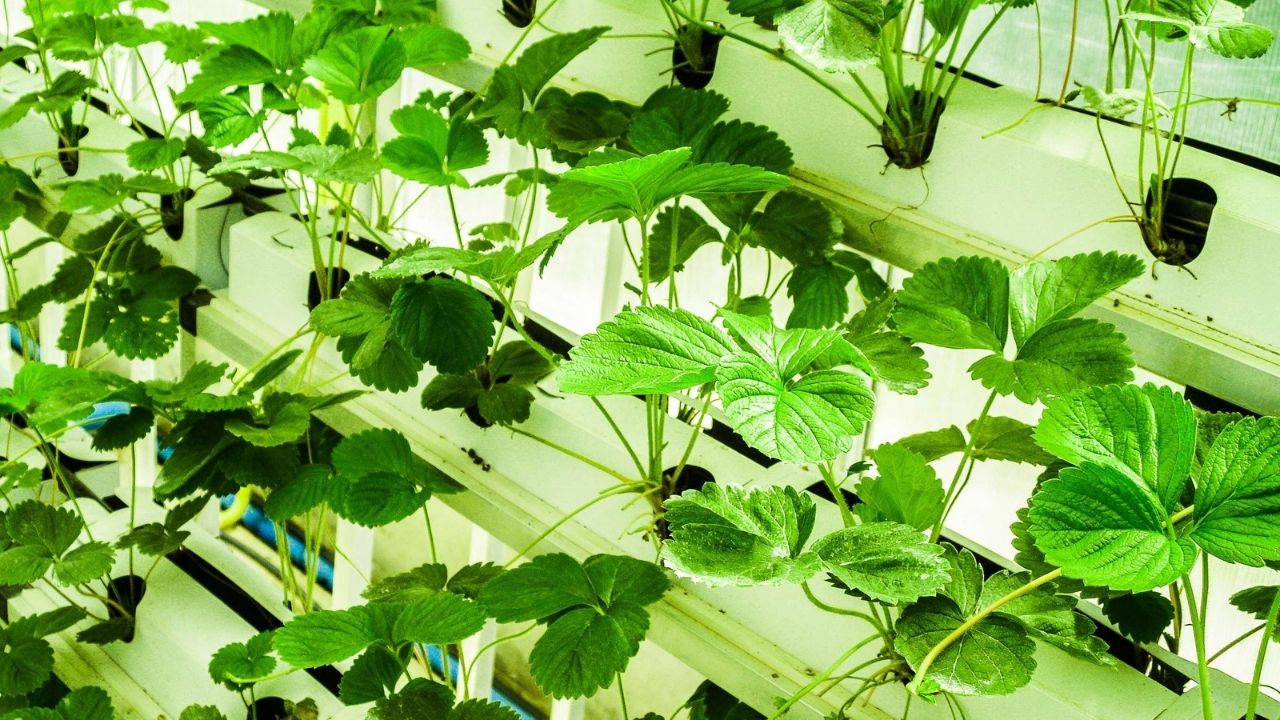
Welcome to our comprehensive guide on the 12 essential elements of interior design. In this article, we will delve into the intricacies of:
- Furniture selection
- Color schemes
- Lighting
- Space utilization
- Eco-friendly design
- A minimalist approach
- DIY decor
- Room functionality
- Indoor plants
- Vintage decor
- Luxury details
- Architectural fixtures
Our aim is to provide you with professional insights and knowledge, enabling you to create harmonious and aesthetically pleasing spaces that reflect your personal style while ensuring maximum functionality.
Furniture Selection
When selecting furniture for an interior design project, it is essential to consider the style, functionality, and overall aesthetic of the space. Furniture trends play a crucial role in determining the look and feel of a room. Keeping up with current trends helps create a modern and fashionable space that reflects the owner's personality.
Another important aspect of furniture selection is choosing the right upholstery. Upholstery not only adds comfort but also enhances the visual appeal of furniture. It is important to select upholstery that complements the overall design scheme and is durable and easy to maintain. Additionally, considering the color, texture, and pattern of the upholstery can greatly impact the overall aesthetic of the space.
Color Schemes
Color schemes play a crucial role in interior design as they have a significant impact on the overall look and feel of a space. The choice of colors can evoke certain emotions and create a specific atmosphere.
Harmonizing the color palette is essential to ensure a cohesive and visually pleasing design. Understanding color psychology can help in selecting the right colors for different rooms and purposes.
Impact of Colors
The impact of color schemes on interior design can greatly influence the overall atmosphere and mood of a space. Color trends play a significant role in determining the aesthetic appeal and emotional response within a room.
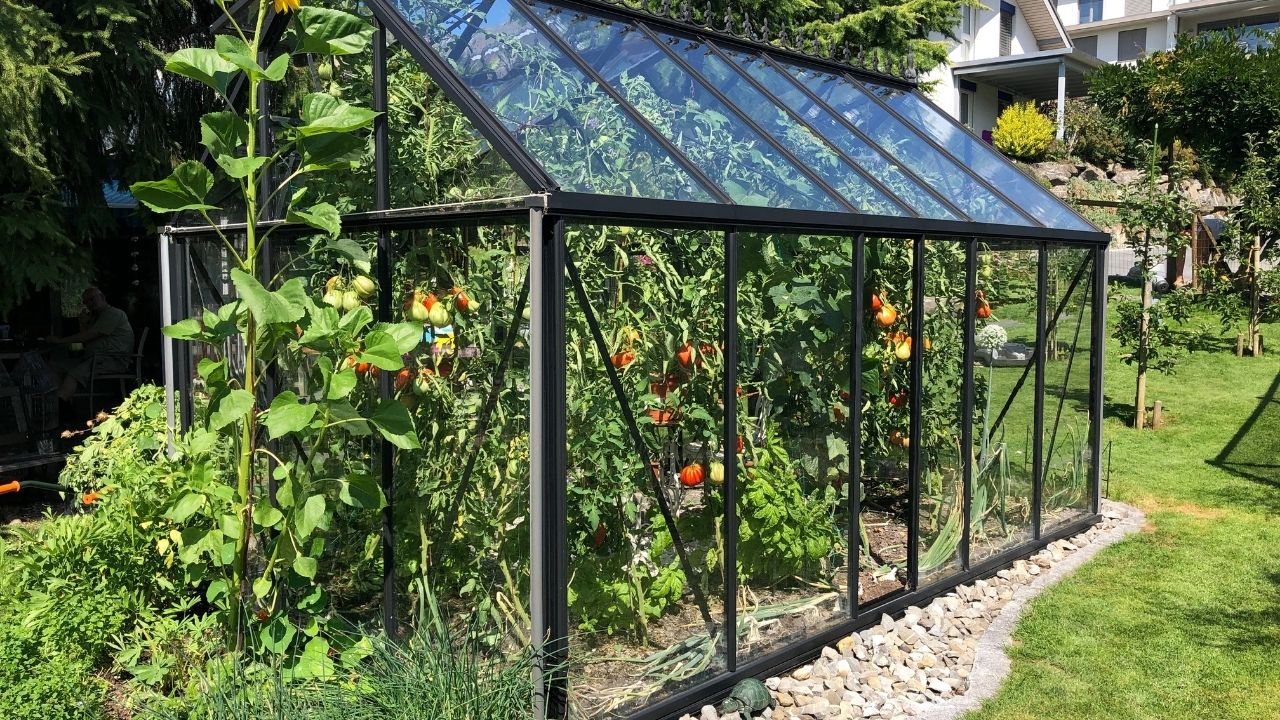
Different colors evoke different emotions and can create a variety of atmospheres. For example, warm colors like red, orange, and yellow can create a cozy and inviting atmosphere, while cool colors like blue and green can promote a sense of calm and tranquility.
Additionally, the use of complementary colors or contrasting colors can add visual interest and create a dynamic space. It is important to consider the desired mood and atmosphere when selecting color schemes for interior design, as it can greatly impact the overall experience and enjoyment of a space.
Harmonizing Color Palette
Continuing from the previous subtopic on the impact of color schemes, the harmonization of a color palette plays a crucial role in achieving a cohesive and visually pleasing interior design. Color coordination is essential in creating a sense of unity throughout a space.
When selecting color schemes for different rooms, it is important to consider the overall mood and function of each space. For example, a bedroom may benefit from calming and soothing colors, while a living room can be enhanced with warm and inviting hues.
Color Psychology
When considering the impact of color schemes in interior design, it is essential to understand the principles of color psychology. Color psychology refers to the study of how different colors can affect our emotions, moods, and behaviors.
By applying the right color schemes in a space, designers can create a desired psychological impact and enhance the overall atmosphere of a room. Here are three key ways that color psychology can be utilized in interior design:
- Warm colors (such as red, orange, and yellow) can create a sense of warmth, energy, and coziness.
- Cool colors (such as blue, green, and purple) can induce feelings of calmness, relaxation, and tranquility.
- Neutral colors (such as white, beige, and gray) can provide a sense of balance, simplicity, and sophistication.
Understanding the psychological impact of colors can help designers create spaces that promote the desired emotions and behaviors, allowing individuals to truly enjoy the freedom and comfort of their surroundings.
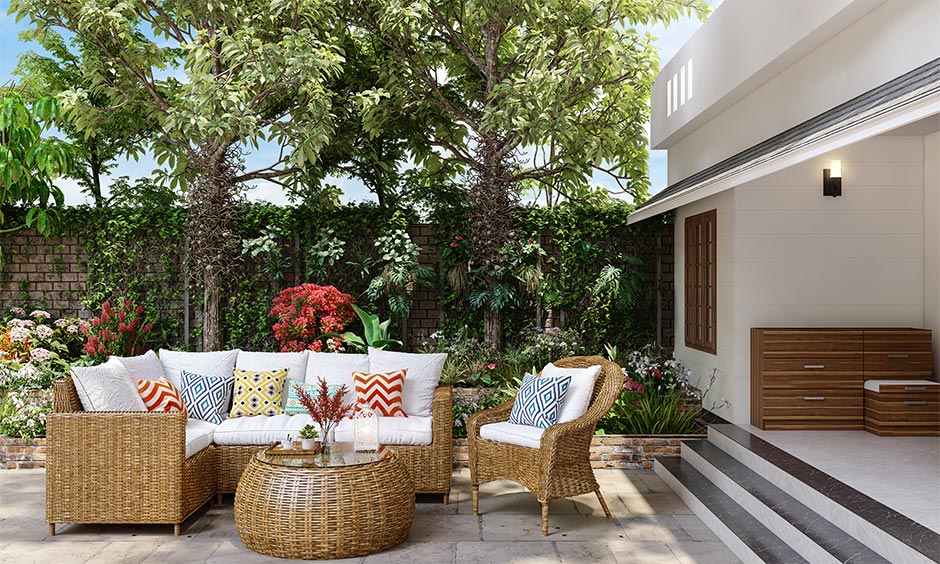
Lighting
Lighting plays a crucial role in enhancing the ambiance and functionality of interior spaces. Smart lighting systems have revolutionized the way we illuminate our homes, allowing us to control and customize the intensity, color, and even the timing of our lights.
Natural lighting, on the other hand, brings a sense of warmth and openness to a room, making it feel more inviting and spacious. It is important to consider both types of lighting when designing a space, as they each have their own unique benefits.
Smart lighting can create a dynamic and adaptable environment, while natural lighting provides a connection to the outdoors and a source of energy efficiency.
Space Utilization
When it comes to space utilization in interior design, effective furniture arrangement plays a crucial role. By strategically placing furniture pieces, you can optimize the available space and create a functional layout.
Additionally, creative storage solutions are essential for maximizing space efficiency, allowing you to declutter and organize your belongings.
Lastly, designing multi-purpose rooms that serve multiple functions can help you make the most out of limited space.
Effective Furniture Arrangement
Effective furniture arrangement is crucial for maximizing space utilization in interior design. By strategically placing furniture, even small spaces can be utilized to their full potential. Here are some key points to consider when arranging furniture:
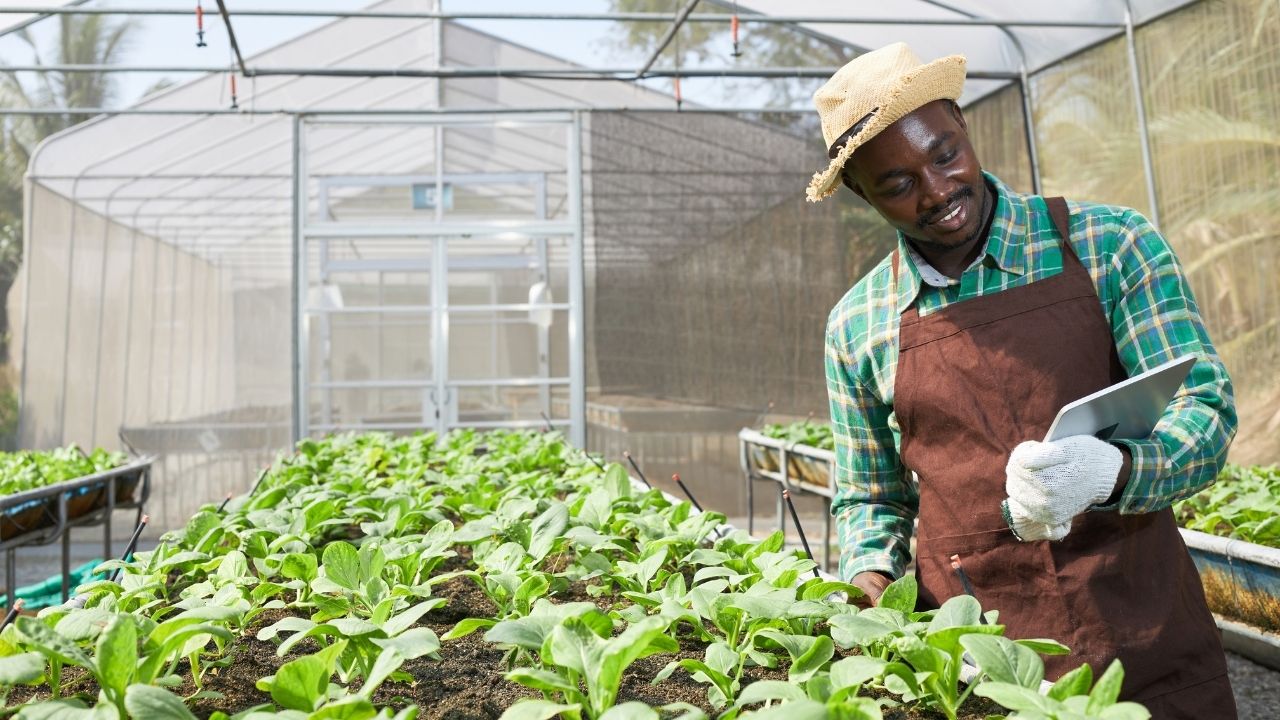
- Furniture Placement: Opt for multi-functional pieces that serve multiple purposes, such as storage ottomans or sofa beds. This allows you to make the most of the available space.
- Traffic Flow: Arrange furniture in a way that promotes easy movement and creates clear pathways. Avoid blocking doorways or obstructing natural walkways.
- Scale and Proportion: Choose furniture that is appropriately sized for the room. Oversized pieces can make a space feel cramped, while too many small pieces can make it appear cluttered.
Creative Storage Solutions
One essential aspect of interior design is utilizing creative storage solutions to maximize space. When it comes to designing a functional and organized living space, hidden storage and space-saving solutions are key. These innovative storage ideas not only help to declutter a room but also add a touch of style and sophistication to the overall design.
One popular option for hidden storage is to incorporate built-in cabinets and shelves that blend seamlessly with the surrounding decor. This allows for easy access to everyday items while keeping them out of sight. Another space-saving solution is to utilize multi-functional furniture pieces, such as ottomans or coffee tables with hidden compartments. These pieces not only serve their primary purpose but also provide a discreet storage space for blankets, magazines, or other items.
In addition to these hidden storage options, wall-mounted shelves and floating shelves are great ways to maximize vertical space and showcase decorative items. Utilizing the space under the stairs or in awkward corners can also create additional storage opportunities.
Multi-Purpose Room Design
To effectively utilize space in a multi-purpose room design, incorporating versatile furniture and strategic layout arrangements is crucial. When designing a multi-purpose room, consider the following:
- Multi-purpose furniture: Opt for furniture pieces that can serve multiple functions, such as a sofa bed or a coffee table with hidden storage compartments. This allows for flexibility and maximizes the functionality of the space.
- Room layout: Carefully plan the layout of the room to ensure optimal flow and functionality. Consider the different activities that will take place in the space and arrange furniture and accessories accordingly. This will create designated zones and make the room feel organized and efficient.
- Flexible storage solutions: Utilize storage solutions that can adapt to different needs. Install modular shelving units or use storage baskets that can be easily moved around. This allows for easy reconfiguration of the space as needed.
Eco-friendly Design
The incorporation of sustainable materials and practices is a crucial aspect of interior design for eco-friendly designers. In order to create an environmentally conscious space, eco-friendly designers prioritize the use of eco-friendly materials and sustainable design practices.
Eco-friendly materials, such as recycled or renewable materials, are chosen to minimize the environmental impact and reduce waste. Sustainable design practices, such as energy-efficient lighting and appliances, water-saving fixtures, and proper insulation, are implemented to reduce energy consumption and promote a healthy indoor environment.
Additionally, eco-friendly designers may also focus on using low VOC (volatile organic compound) paints and finishes to ensure better air quality.
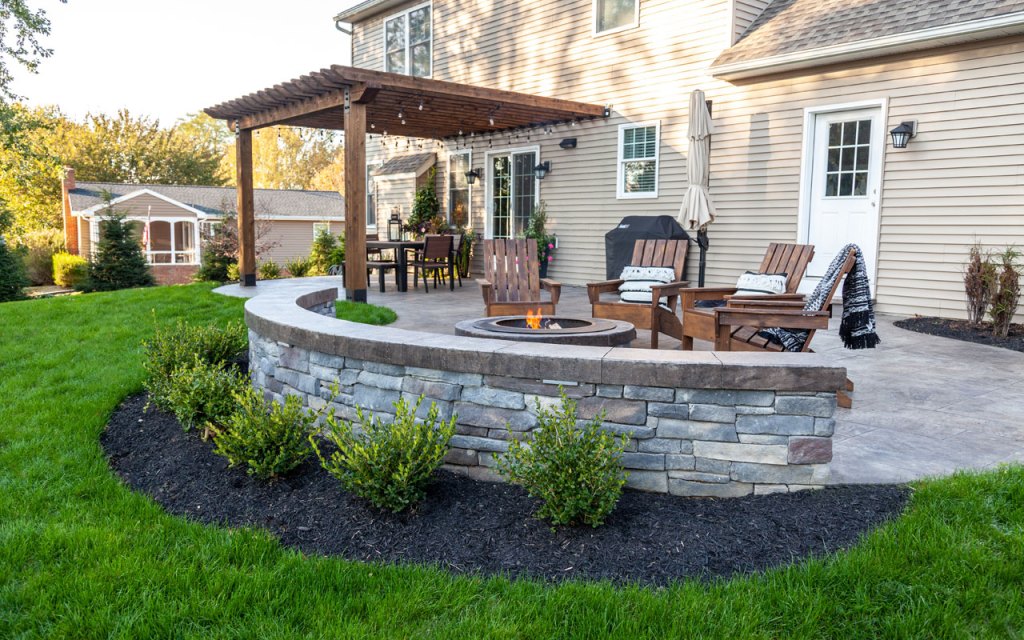
Minimalist Approach
Incorporating a minimalist approach into interior design allows for a streamlined and clutter-free aesthetic, while promoting a sense of simplicity and functionality that complements eco-friendly practices.
Minimalist design principles emphasize the idea of 'less is more,' focusing on clean lines, open spaces, and a limited color palette. By adopting a minimalist color scheme, such as neutral tones or monochromatic shades, the design can create a calm and peaceful atmosphere.
This approach encourages the use of natural materials and sustainable furniture, reducing waste and promoting environmentally friendly choices. Additionally, a minimalist approach encourages efficient use of space, ensuring that every item has a purpose and eliminating unnecessary clutter.
DIY Decor
DIY decor is a popular trend in interior design, offering homeowners the opportunity to unleash their creativity and add a personal touch to their living spaces. Creative DIY projects allow individuals to showcase their unique style and create one-of-a-kind designs that cannot be found in traditional stores.
In addition to being a creative outlet, DIY decor is often budget-friendly, making it accessible to a wide range of individuals looking to enhance their homes without breaking the bank.
Creative DIY Projects
One way to enhance the overall aesthetic of an interior space is through the utilization of creative DIY projects for decor. DIY decor allows individuals to showcase their creativity and personalize their living spaces.
Here are three engaging sub-topics related to creative DIY projects:
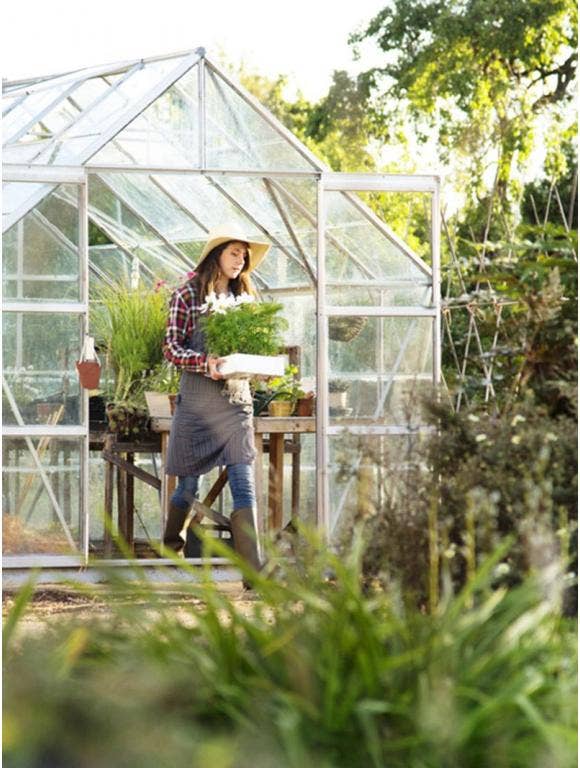
- Upcycled Projects: Upcycling is the process of transforming old or unused items into new and functional pieces. It not only adds uniqueness to the interior but also promotes sustainability and reduces waste.
- Repurposed Furniture: Repurposing furniture involves giving old pieces a new purpose and life. It can be as simple as painting or reupholstering a chair, or as complex as turning an antique dresser into a bathroom vanity.
- Custom Wall Art: Creating custom wall art allows individuals to add a personal touch to their space. It can be done through painting, stenciling, or even using unconventional materials like reclaimed wood or fabric.
Budget-Friendly Home Decor
Enhancing the overall aesthetic of an interior space can be achieved through budget-friendly home decor, specifically through the utilization of creative DIY projects.
One way to achieve this is by incorporating budget-friendly accessories into the design. These accessories can be found at thrift stores, where one can uncover unique and affordable pieces. Thrift store finds can be repurposed and given new life through a little creativity and DIY skills. By upcycling or refurbishing these items, one can create personalized and stylish decor without breaking the bank.
Additionally, DIY decor allows for the freedom to customize and tailor the design to individual preferences, making the space truly unique.
With a little creativity and resourcefulness, budget-friendly home decor can transform any interior into a stylish and inviting space.
Personalized and Unique Designs
To achieve personalized and unique designs in interior decor, individuals can incorporate their own creative touch and style through budget-friendly DIY projects. This allows them to express their personality and create a space that truly reflects their individuality.
Here are three ideas for adding a personalized touch to your interior design:
- Personalized Lighting: Use unique light fixtures or create your own custom lighting design to create a warm and inviting atmosphere in your space. Consider using string lights, pendant lights, or even DIY lamps made from unconventional materials.
- Unique Furniture Arrangements: Instead of following traditional furniture arrangements, think outside the box and create a layout that suits your lifestyle and preferences. Experiment with different furniture placements and configurations to create a space that is functional and visually appealing.
- DIY Decor: Get creative and make your own decor pieces, such as artwork, wall hangings, or decorative accents. This not only adds a personal touch, but also allows you to showcase your creativity and save money.
Room Functionality
Room functionality is a crucial aspect of interior design that ensures optimal utilization and practicality within a space. When designing a room, it is essential to consider how the space will be used and how to create an efficient layout that meets the needs of the occupants.
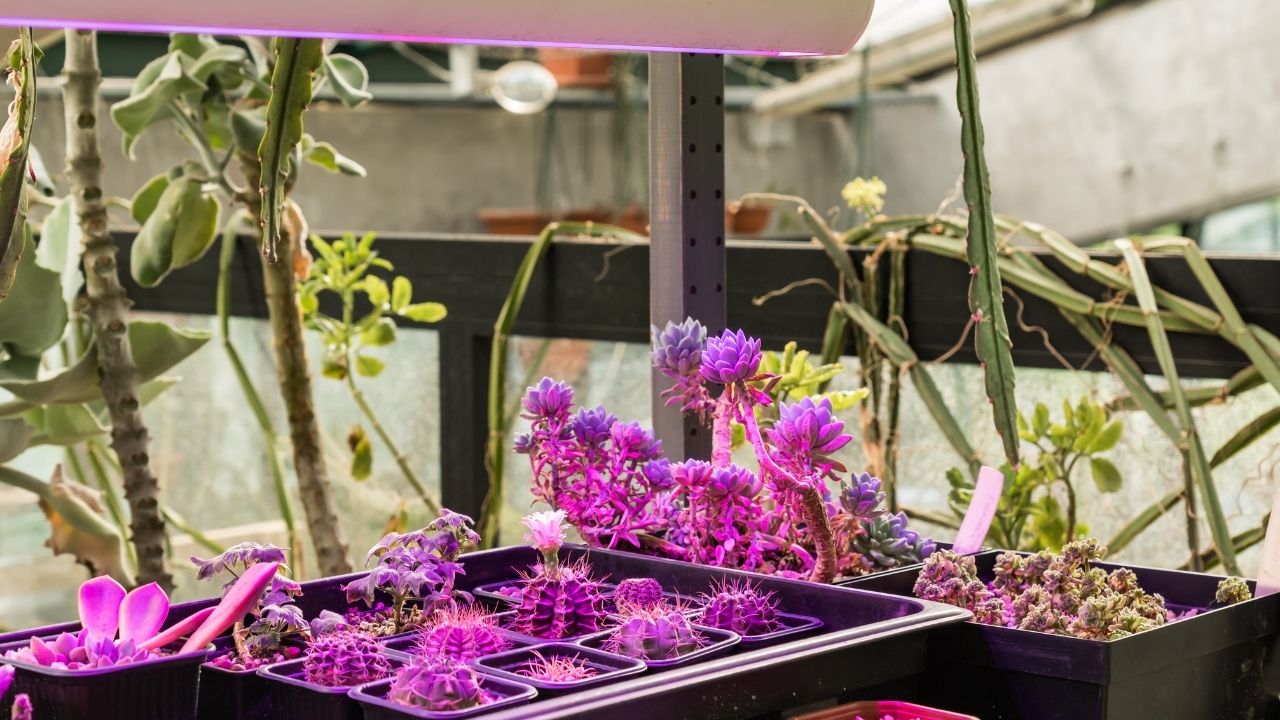
A well-designed room should not only be aesthetically pleasing but also functional and comfortable. This involves carefully planning the placement of furniture, considering traffic flow, and maximizing storage options.
Indoor Plants
Indoor plants are a valuable addition to any interior design, bringing natural beauty and a sense of tranquility to a space. Incorporating indoor plants into your home or office not only enhances the aesthetic appeal but also provides numerous benefits for your well-being.
Here are some reasons why indoor plants should be a part of your interior design:
- Indoor plant care: Indoor plants require minimal maintenance, making them an ideal choice for those who desire freedom from high-maintenance decor.
- Benefits of indoor plants: Indoor plants have been proven to improve air quality by reducing pollutants and increasing oxygen levels. They also help reduce stress, enhance focus and productivity, and promote a sense of calm and relaxation.
Vintage Decor
Vintage decor adds a touch of timeless charm and character to any interior design. Incorporating vintage inspired furniture and retro color palettes can create a beautiful and nostalgic atmosphere in a space.
Vintage furniture pieces, such as a classic armchair or a retro-inspired side table, can serve as focal points in a room and add a sense of history. When it comes to color schemes, opting for retro hues like mustard yellow, avocado green, or burnt orange can recreate the vibrant and playful vibe of past eras. These colors can be incorporated through upholstery, accent pieces, or even wallpaper.
Vintage decor allows individuals to express their creativity and freedom by mixing and matching different styles and eras, resulting in a unique and personalized space.
Luxury Details
The inclusion of luxury details in interior design enhances the overall aesthetic and elevates the sophistication of the space. By incorporating luxury finishes and opulent accents, a sense of grandeur and elegance is introduced into the design scheme.
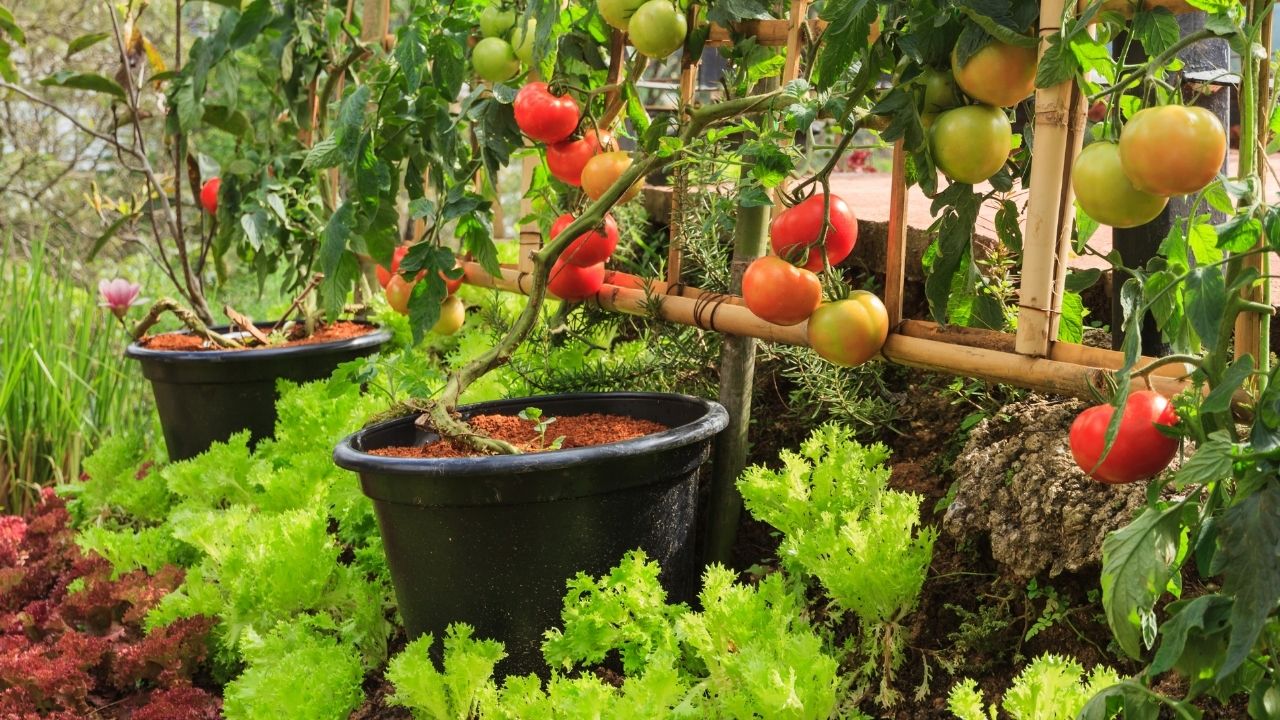
Some key luxury details that can be incorporated into interior design are:
- Exquisite Materials: Using high-quality materials such as marble, crystal, or gold accents adds a touch of luxury to any space.
- Customized Elements: Incorporating custom-made furniture or fixtures adds a unique and exclusive touch to the design.
- Statement Pieces: Including standout pieces like a chandelier or a luxurious rug can create a focal point and elevate the overall ambiance.
Architectural Fixtures
As we continue exploring the essential elements of interior design, one key aspect to consider is the incorporation of architectural fixtures. Architectural fixtures play a crucial role in enhancing the overall aesthetic appeal and functionality of a space.
When selecting architectural fixtures, material selection is of utmost importance. Different materials, such as metal, wood, glass, or concrete, can significantly impact the look and feel of a room.
In addition to material selection, it is essential to stay updated with the latest design trends in architectural fixtures. Design trends evolve over time, and keeping up with them ensures that your space remains current and visually appealing.
Frequently Asked Questions
How Do I Choose the Right Furniture for a Small Space?
When choosing furniture for a small space, it is important to consider furniture arrangement and space-saving solutions. By strategically selecting pieces that maximize functionality and minimize clutter, you can create a stylish and efficient living area.
What Are Some Eco-Friendly Design Materials and Practices I Can Incorporate Into My Interior Design?
Incorporating eco-friendly design materials and sustainable practices in interior design is essential for creating a more environmentally conscious space. By utilizing eco-friendly materials and implementing sustainable practices, such as energy-efficient lighting and recycling, one can reduce their carbon footprint and contribute to a greener future.
How Can I Create a Minimalist Look Without Sacrificing Functionality in My Space?
Creating a minimalist look without sacrificing functionality in your space can be achieved through the use of minimalist storage solutions and multi-functional furniture options. These elements allow for efficient organization and maximize the usability of your space.
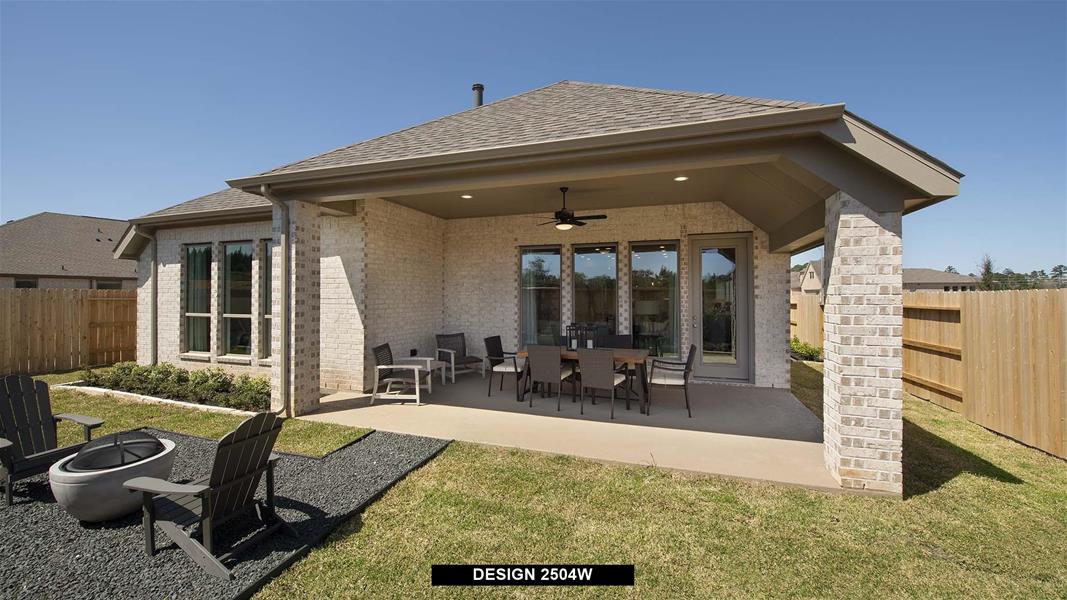
Are There Any Specific Tips for Incorporating Indoor Plants Into My Interior Design?
Incorporating indoor plants into interior design can enhance the aesthetic appeal of a space while providing several benefits such as improved air quality and reduced stress levels. Here are some care tips for indoor plants.
What Are Some Creative Ways to Incorporate Vintage Decor Into a Modern Interior Design?
Incorporating vintage decor into a modern interior design can be achieved through upcycling furniture and mixing vintage and modern pieces. This allows for a creative and unique look that adds character and interest to the space.


